Discover the step-by-step journey we take to bring your Web3 projects to life and ensure their success.
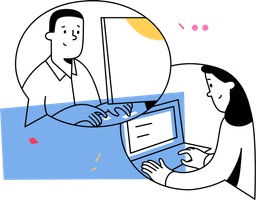
Begin with an initial client meeting to understand their needs and objectives. Create a high-level project vision and objectives.
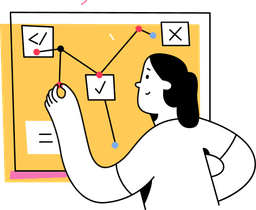
Conduct an Agile project kick-off meeting with the client and project team. Define the project's initial backlog and prioritize user stories.
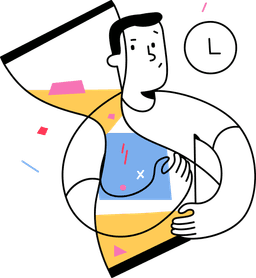
Use iterative planning sessions (e.g., Sprint Planning) to plan work for each iteration. Break down the project into smaller, manageable tasks (user stories) that can be completed within a sprint.
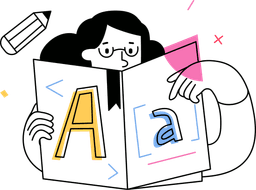
Execute development work in fixed-duration sprints (e.g., 2-week sprints). Develop smart contracts, NFTs, tokens, and integrate web3 technologies incrementally.
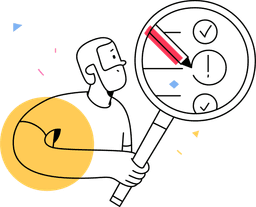
Implement continuous integration practices to ensure code is integrated and tested frequently. Conduct automated testing and manual testing as needed.
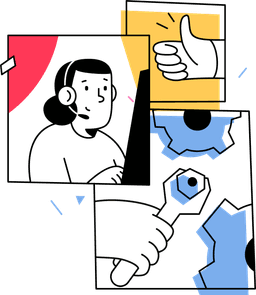
Hold regular sprint review meetings with the client to demonstrate the completed work. Gather feedback and adjust priorities for upcoming sprints.
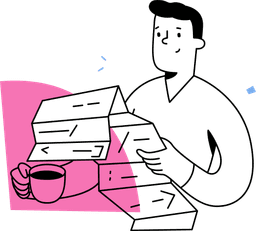
After each sprint, hold a retrospective meeting with the project team to reflect on what went well and areas for improvement. Make process improvements based on retrospectives.
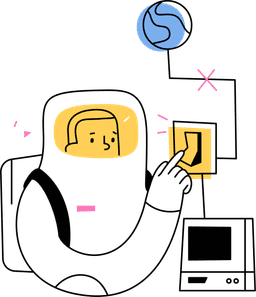
Deploy increments of the project to production as they become ready. Incrementally release features and updates to stakeholders.

Maintain up-to-date documentation of the project's current state. Foster knowledge sharing within the team to ensure everyone is informed and aligned.

Continuously refine and prioritize the project backlog based on changing requirements and feedback. Ensure the backlog reflects the evolving needs of the project.
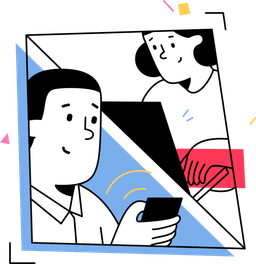
Collaborate closely with the client throughout the project to accommodate changing requirements and priorities. Involve the client in decision-making and feature prioritization.
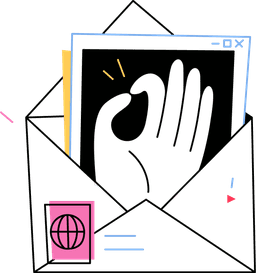
Maintain a focus on code quality and security throughout the development process. Perform security audits and testing as part of each sprint.
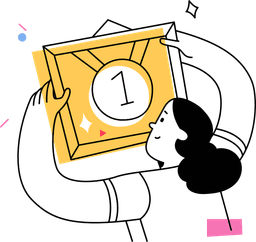
Seek client acceptance and sign-off on increments as they are delivered. Ensure the client is satisfied with the evolving product.
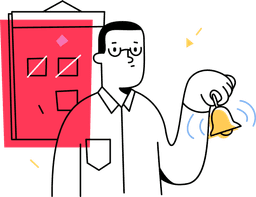
Conduct a project closure meeting with the client. Hold a final retrospective to capture lessons learned and areas for improvement.
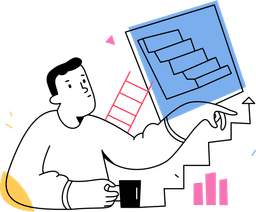
Use feedback from retrospectives and client interactions to continually improve the project and development process. Implement changes for future projects based on lessons learned.

Provide post-project support and address any issues or enhancements that arise after the project's completion. Offer ongoing maintenance services as needed.
Our team's here not just for top-notch service, but for good coffee chats and pizza parties too
©2023 All rights reserved by FiftyWei